helo, i am new to clown husbandry but i find it very interesting! | they/them or he/him | my name is dori | please dni if you're bigoted in any way or like a kink blog or something, ty :) also please no discourse blogs! it just,,, stresses me out
Don't wanna be here? Send us removal request.
Text

After much consideration and thought, I’ve decided to adopt my first clown! She doesn’t have a name yet, but she’s a party clown mix. She’s very sweet and very shy, but I’m hoping to create a long lasting bond with her!
44 notes
·
View notes
Note
I'm very new to clown husbandry and wondering what a good beginner breed would be for me? I am a highly aestheticized person so I'm looking for something that might fit that. any chonkers in cool colours?
I think Rodeo clown would work out great for you! They’re a very outdoorsy and athletic species, and you would probably get a lot of fun out of performing and playing with them! They need some decent outdoor housing, but if you have the space and materials for them, they’re really fun!! I’ve talked a bit about rodeo clowns on this blog before, there should be a tag for them under just “rodeo clowns”. I think they’d be a really good fit! And yes, don’t worry, they come in all sorts of fun colours :D
21 notes
·
View notes
Text
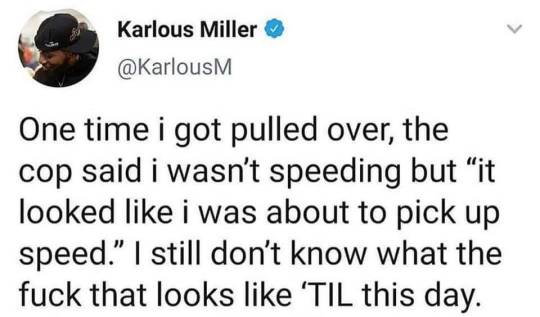
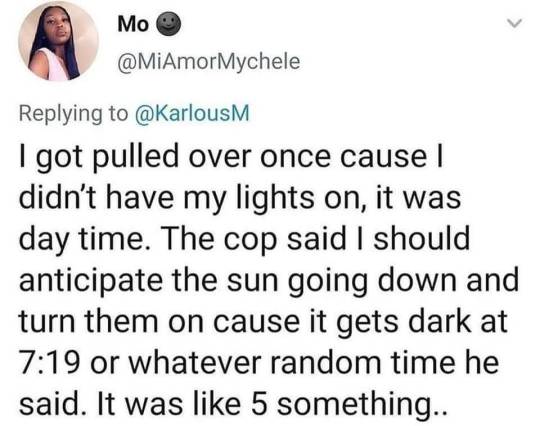





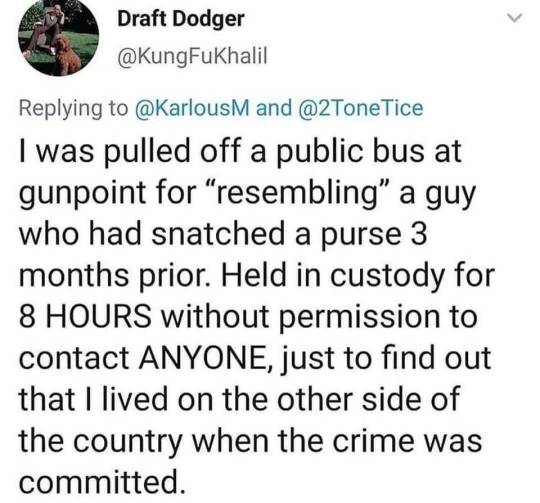
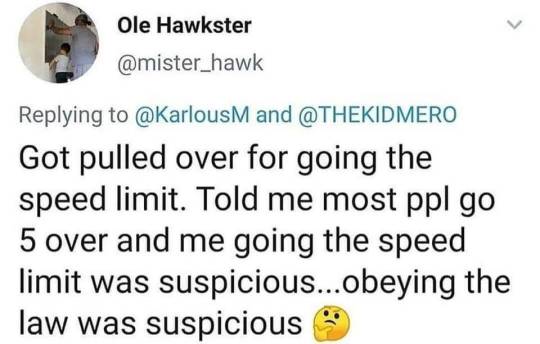

156K notes
·
View notes
Text

my rodeo clown, cornflake. she’s female, probably purebred but i’m not entirely sure. she’s very sweet and energetic, just runs around her field all day. i’m looking into a partner or two i can get for her so she isn’t lonely, and in the meantime i’m helping her get accustomed (since i adopted her only recently) and trying to spend time with her as much as possible. she’s taken very nicely to her enrichment items, which i’m glad about, since she’s an older clown (nearing adulthood) and i was worried she’d adjust poorly.
#rodeo clowns#clown husbandry#clown tw#my art#cornflake (clown)#i drew that on ms paint so it's not like amazing but i think it's pretty good
52 notes
·
View notes
Text
Making Clown Enclosures
Hey folks! I’ve seen a lot of people getting store-bought tents for their clowns without even considering the alternative. New owners may not even be aware of the benefits of personally building tents! Now store-bought tents are still useful, especially in order to create a neutral space where multiple clowns can live together, but for rescue or foster clowns, a space detached to their personal preferences can feel like a temporary space and can cause a lot of anxiety.
My grandfather bred babydolls, and the family business has since expanded to other miniatures. A lot of our older clowns still use their original, homemade enclosures and toys - not because we haven’t given them another option, but because they become attached to the space and feel truly comfortable there. Even “snobby” clowns like court jesters can enjoy something that isn’t store-bought, as long as it caters to their tastes (which may be expensive to build- so think before you buy)
There are plenty of pros to making your own clown enclosures. A handmade enclosure can cater to your clowns’ specific pattern, color, and texture preferences. Store-bough clowns can be very flimsy, and rowdier clowns that prefer slapstick or physical routines greatly benefit from a more stable tent; if they prefer aerial or acrobatic routines, they can use a taller tent; and so on. Note that this post won’t go over construction details (maybe another post), but will go over the different ways you can customize a tent to suit your clown.
First, let’s talk shape. Most clown tents are either rectangular or circular, and each have pros and cons. Circular tents, or big tops are the classic shape and an ideal performing space for most breeds, especially those closely related to the common circus clown. On the other hand, there’s less storage space and they’re harder to construct than a rectangular tent. Rectangle tents typically feature a performing stage, which is ideal for party clowns and clowns with similar performing styles. Even though a circular performing space can be put in a rectangular tent, clowns that are used to a circular tent can feel out of place and uncomfortable in the space.
Now, fabric choices. Before you buy, be aware that you will need to buy a lot of fabric, especially with a large-sized clown. If it’s outdoors, make sure it’s weatherproof or has an additional layer of weatherproof fabric to protect it. If you have a big top style tent, you can mix and match two different fabrics that compliment each other. Striped fabrics are not the only pattern! Spotted, starry, and many other patterns may be even better for your clown! Fabric weight and texture may also need to be considered – heavier fabrics are better for low-light clowns like scares and some mimes, and breeds that like the finer things in life enjoy embroidered fabrics or velvet.
A unique, personalized tent can make all the difference when integrating a new clown into your home, especially one in the foster system. It can be more or less expensive than a store-bought tent depending on fabric quality and sometimes size, but either way it is a great bonding experience with your clowns. I’d also recommend it for pregnant clowns or new mothers, as they feel much more comfortable in the space.
In the end, the decision is yours, but making your clown’s tent can take them from pet to family.
192 notes
·
View notes
Text
hi! i’m planning on adopting a rodeo clown - a very sweet one, i saw her at the shelter and had to have her - and i was wondering what breeds she might pair well with? i read that rodeo clowns do well with partners but i don’t know if i should get another rodeo or a different breed.
69 notes
·
View notes
Text
A Very Endangered Clown Breed
I’ve been mildly surprised by the lack of breakfast clown content in the clown husbandry community. In my experience, they have been some of the most lively and joyful clowns I’ve ever encountered! They have been on the endangered list for decades and are rarely seen outside of sanctuaries. I had the incredible opportunity to visit my local sanctuary and see their troupe! Bacon, Waffle, Milkshake and Berry varieties are pretty much the only types left, as Egg, Toast, and Butter varieties went extinct in 2008 (marked by the introduction of people dressing as breakfast clowns joining the Macy’s Day parade, originally a stunt to raise awareness for the protection of breakfast clowns). They are just the most energetic, lovely little friends and their endangered status makes me so sad. I really hope we’ll see the day that breakfast clowns can be household pets!
Breakfast clowns were closely tied to the circus, party, and meet-and-greet clowns, which is more apparent in their purpose than their appearance. Originally they were bred to entertain diner customers while they waited for their food. The common variety is 8 to 12 inches tall, and are themed after breakfast foods or drinks. For the most part their theme will be their favorite treat, as they felt very enthusiastically about their theme and their performances! Some had even been trained to fetch ingredients, although their impatience made them poor cooks. When not performing, they were very sleepy, and rested in big dogpiles for 12-16 hours a day. They have notoriously short lifespans, since they were mostly fed diner scraps and expired foods during their prime :( As a result, the few breakfast clowns remaining are riddled with genetic diseases.
Breakfast clowns loved to perform in large groups! Most troupes consisted of several clowns that share a food theme, but some rather exclusive troupes will only allow one clown to claim a food theme and will turn away clowns that repeat a theme of one of their current members.
Some alternate varieties of breakfast clown include line clowns (which entertained lines at amusement parks) and theater clowns, most famously the troupe from the classic “let’s all go to the lobby” advertisements. Few people know they were real theater clowns, and it’s always a fun bit of trivia for your clown owning friends!

That’s also why the group changes in some images, since the troupe added and lost new members frequently due to their unfortunately short lifespans.
If you encounter a little fella with strong food theming, PLEASE take them to your local shelter! They are EXTREMELY delicate creatures, please make sure to feed them the same food as their theme as you wait until an experienced sanctuary can collect them.
70 notes
·
View notes
Text
oh i should do an introduction
hi! my name is dori, i’m a beginner clown owner. i’d like to eventually breed some clowns but for now i’m getting acquainted. i’m going to be starting with some rodeo clowns, maybe a few other breeds. i’ll try to post about the clowns i adopt fairly often (their photos may be in black and white because of my camera).
7 notes
·
View notes
Photo



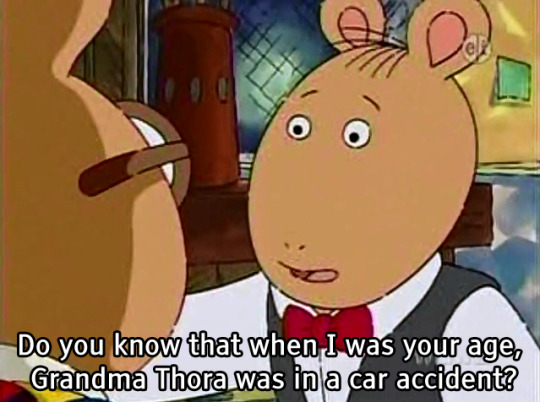
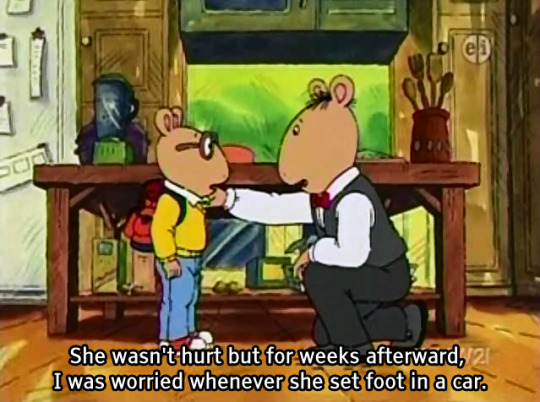
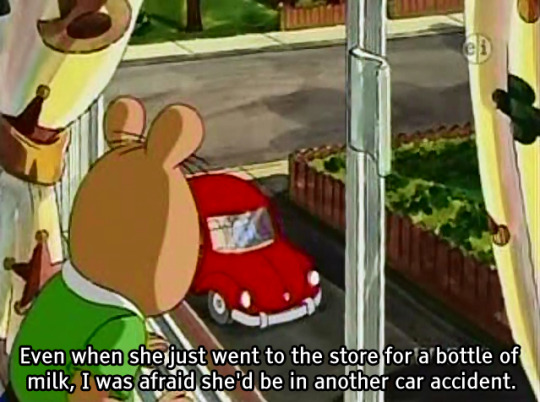

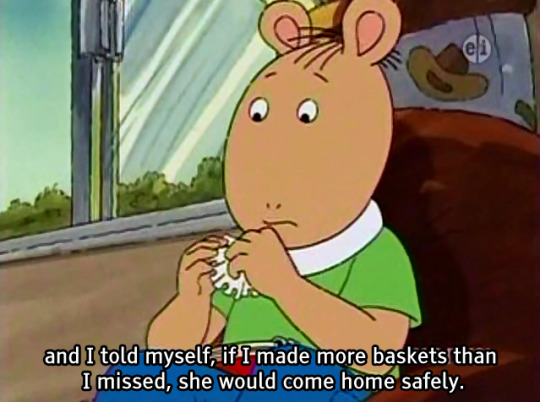
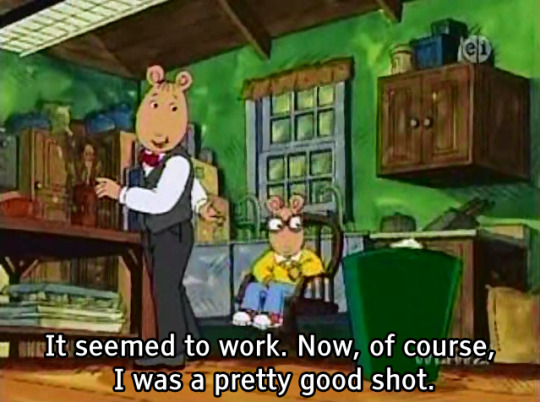
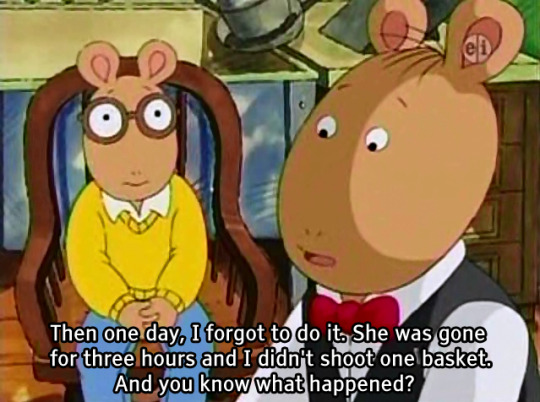

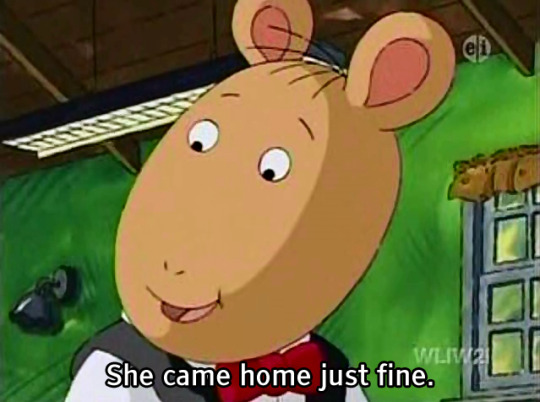

409K notes
·
View notes
Text
hi! i’m planning on adopting a rodeo clown - a very sweet one, i saw her at the shelter and had to have her - and i was wondering what breeds she might pair well with? i read that rodeo clowns do well with partners but i don’t know if i should get another rodeo or a different breed.
#rodeo clown#rodeo clowns#clown husbandry#clown tw#clown questions#i'm kinda new to the community but i'm doing my best :')#the wiki is incredibly helpful but unfortunately limited#also please correct me if i'm using like bad terminology here i'm p new to this-#i've done some research already but you never know
69 notes
·
View notes